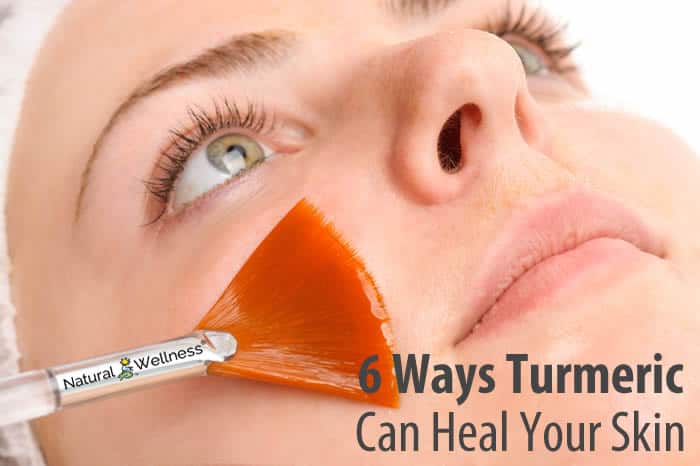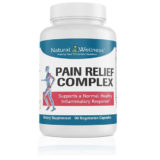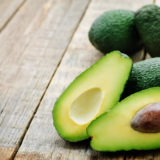

Turmeric, or Curcuma longa, has many healing properties and has been used throughout history as both food and medicine. Turmeric is a deep yellow spice, a relative of ginger, and gives curry its deep golden color and warm spicy flavor.
Turmeric is a powerful anti-inflammatory and has proven to be useful in many conditions where inflammation is a key factor – including digestive problems, autoimmune conditions, and arthritic conditions. Turmeric is also a powerful antibacterial agent and has been shown to act as an antibiotic, useful in fighting colds and flu, as well as in wound healing.
But did you know, that because of turmeric’s powerful anti-inflammatory and antibacterial properties, it is also very useful in skin care?
6 Turmeric Beauty Treatments You Never Knew About
- Turmeric can be mixed with honey and yogurt – or with milk and cucumber – to make a great mask.
- If you have oily skin, turmeric can be combined with flour and a bit of water.
- A turmeric mask twice a week can help keep bacteria under control and reduce acne.
- A dab of turmeric paste on red, angry, acne outbursts can also help to reduce the redness and inflammation as well as heal the sore. Turmeric not only helps control and reduce acne outbreaks, it will also speed up healing of existing acne, as well as reduce redness and scarring overall.
- Turmeric can be mixed with Rose water as a toner that helps fight redness as well as tonify your skin.
- Turmeric can also be mixed with a moisturizing cream and used daily to add moisture and keep acne under control while reducing redness from acne, rosacea, or psoriasis.
Allergy Caution
It is important to note that it is possible to have an allergic reaction to turmeric when used for skin care, so you should do a patch test on your forearm before using it on your entire face. Use the turmeric paste or cream on a small patch on your forearm and leave it for about 20 minutes before washing off. If the area is irritated, you may not want to use it on your face.
Overall, turmeric is well tolerated. Because of its anti-inflammatory properties, it can be used in many different ways and in many different skin care combinations to reduce acne and redness from acne, rosacea or psoriasis!




